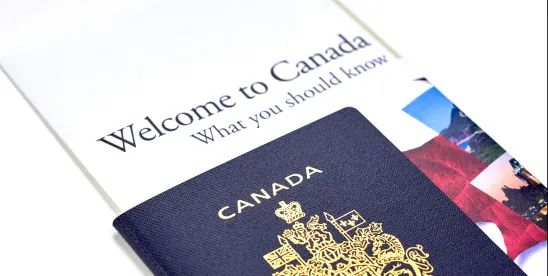The Canadian government announced additional measures to manage the volume of temporary resident arrivals, including a further reduction in the intake cap on international student study permits in 2025.
Key Points:
- Immigration, Refugees and Citizenship Canada is implementing new measures to several temporary residence programs, including:
- For 2025, the intake cap on international student study permits issued will be reduced to 437,000 (a 10% reduction from the 2024 target of 485,000). The intake cap for 2026 is expected to stabilize and remain the same as 2025.
- Changes to work permit eligibility for spouses of master’s degree students to only those whose program is at least 16 months in duration.
- Additional limitations on work permit eligibility for spouses of foreign workers in management or professional occupations or in sectors with labor shortages under the International Mobility Program and the Temporary Foreign Worker Program.
- Finally, beginning Nov. 1, post graduation work permit applications will require language test results in English or French to be eligible.
Additional Information: Earlier this year, Immigration, Refugees and Citizenship Canada announced a plan to decrease the number of temporary residents from 6.5% of Canada’s total population to 5% by 2026. As BAL previously reported, a national cap on study permit applications for 2024 was first announced on Jan. 22 to address the rapid increase of international students in Canada and meet this goal. Since then, the government has announced additional reforms, including raising the cost-of-living financial requirement for study permit applications and reforming the International Student Program to manage the increase of temporary residents. Officials are now also tightening eligibility requirements for temporary foreign workers to reach the targeted decrease of the temporary resident population to 5% over the next three years.
BAL Analysis: The Canadian government continues to implement updates to policies concerning international students and temporary workers to recalibrate the number of temporary resident arrivals. Employers should be aware of these policy updates and consider them in their employment strategies and recruitment efforts.




 />i
/>i

